Horses have distinct ways of moving at various speeds. These specific movement patterns are called gaits, and most horses have four – walk, trot, jog/canter, and gallop. However, some horses move their feet and legs differently, and it can look and feel quite odd if you aren’t used to it!
Horses with extra movement patterns beyond the standard walk/trot/canter are called gaited horses. This trait can be inherited and is more common in some breeds than others.
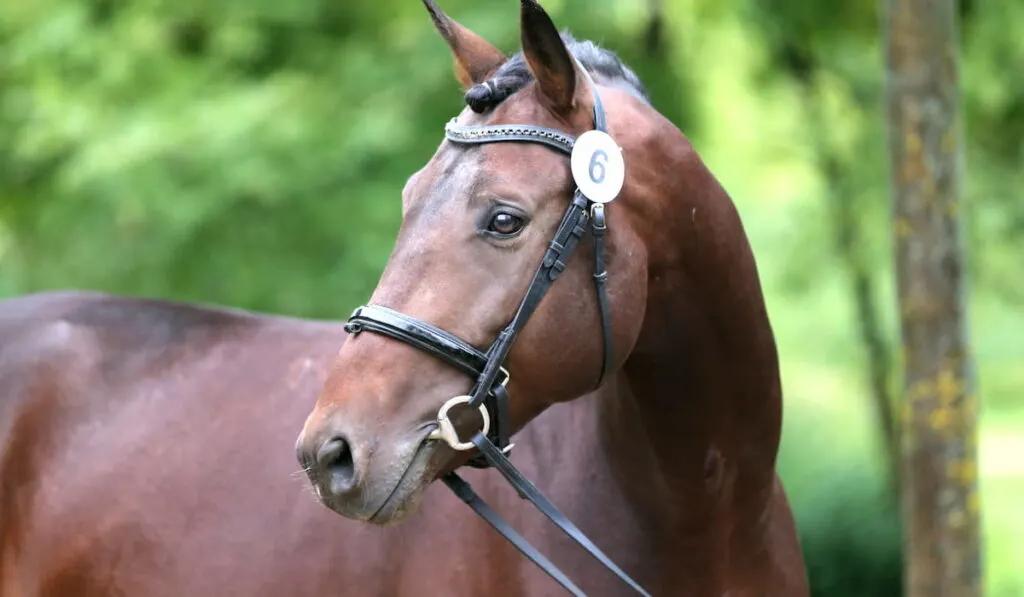
Table of Contents
Standard Horse Gaits
Most horses can only perform four gaits, and require special breeding and motivation to work their bodies beyond that. These are the most common horse gaits:
- The walk is the slowest gait, and it has four beats. The horse lifts each foot individually and it hits the ground separately in a consistent repetitive pattern.
- The trot is a quicker two-beat gait. In this gait, horses move their legs in diagonal pairs – the left hind leg will move forward with the front right leg, and vice versa.
- A nice canter is a controlled three-beat gait that is quicker than the trot, but slower than the gallop. The canter is propelled by one hind leg as the horse performs a “rocking-horse” motion. One front leg will hit the ground slightly ahead of the other, and this is called a lead – it’s important that the horse is on the correct lead (usually the inside leg to a circle) when making a turn, otherwise he could be thrown off-balance.
- Horses gallop quickly away from predators in the wild. This is the fastest gait – at some point, all four legs will be off the ground.
5 Unique Horse Gaits
Beyond the standard horse gaits are various kinds of ambling gaits. They are generally faster than a walk, but slower than a canter. Most horses that perform these gaits were bred to comfortably cover long distances of rough ground.
| Running Walk | Tennessee Walking Horse | This is a four-beat gait that looks similar to a standard walk pattern, but is much faster. The back feet will significantly overstep the footfalls of the front feet in a movement called “overtracking” – the farther a horse overtracks, the smoother the walk will be. |
| Pace | Standardbred | Like the trot, the pace is a two-beat gait. The horse’s legs move together in lateral pairs: left hind and left foreleg, and vice versa. |
| Flying Pace | Icelandic horse, Standardbred | While the pace itself can be uncomfortable to ride, many Icelandic horses have a fast and smooth flying pace, which is what it sounds like – an exceptionally fast pace that rivals the speed of a gallop. |
| Rack (Tölt, Single-foot) | American Saddlebred, Icelandic Horse, Single-Footed Horse, Racking horse | The rack (often called “single-foot”) is “a fast, lateral, four-beat gait that is synchronous— each foot meets the ground at equal, separate intervals.” In Icelandic horses, the tölt is very similar to the rack and follows the same footfall pattern. (source) |
| Fox-trot | Missouri Fox Trotter | A four-beat gait, the fox-trot looks almost like a standard trot, but the front legs land just before the hind legs (in a true trot, they’d land at the same time). |
Demonstration of Various Gaits
What Causes Unique Gaits?
A horse’s ability to perform these unique gaits is largely genetic. Certain breeds are more likely to have these special abilities, although many require further training to hone their skills.
In 2012, Swedish researchers discovered that a single gene may control a horse’s ability to pace – horses with the DMRT3 gene have the physical ability to pace, but those without it cannot.
This was a significant discovery for Standardbreds, which are raced in harness as either trotters or pacers. Instead of spending years training a horse to race at these gaits at top speeds, breeders can figure out which horses are more likely to pace based on a DNA test. (source)
The genetic link also explains why some wild mustangs can gait and others cannot. Wild mustangs with a lot of gaited Spanish bloodlines somewhere in their mystery pedigrees sometimes keep the ability to gait, and pass it down through generations without human intervention.
While some horses are taught to “dance” and mimic specific movements, without a natural ability, they are not a truly gaited horse. Incredibly, this specific gene is linked back to one mutation in a horse’s DNA thousands of years ago.
7 Popular Gaited Horse Breeds
There are more than 20 distinct gaited horse breeds, but here are some of the most common breeds and their best-known gaits.
1. Tennessee Walking Horse
The Tennessee Walking Horse (often abbreviated TWH) was originally developed to provide Southern gentlemen a quiet, comfortable ride around plantations and farms in the rolling, rocky hills of Tennessee. Now, they’re often found in the show ring, on trails, or as a family pleasure mount.
The Tennessee Walker is best known for its running walk, although some can perform the rack, stepping pace, fox-trot or single-foot gaits. Some Tennessee Walking Horses can trot, but most prefer to gait.
2. American Saddlebred
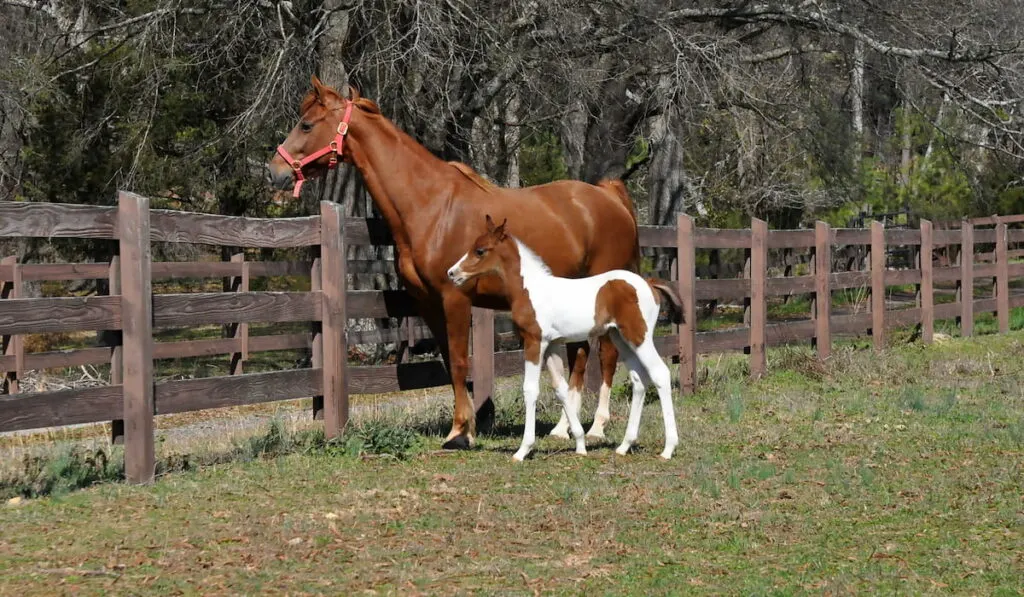
A favorite breed of Southern generals during the Civil War, the American Saddlebred was also used to comfortably traverse large plantations. Most Saddlebreds are known for their high-stepping and flashy trot, but many are gaited as well.
Saddlebreds in the show ring often compete in “five-gaited” events – they can walk, trot, canter, rack, and slow-gait (many other gaited horses cannot trot at all).
3. Icelandic Horse
Icelandic horses are native to Iceland, and possess exclusive bloodlines – once a horse is exported, it can never return. Also, horses may not be imported into Iceland, which keeps the Icelandic bloodlines pure and free from disease.
Icelandic horses can perform several extra gaits, including the tölt (which is a lot like the rack or other ambling gaits) and the flying pace.
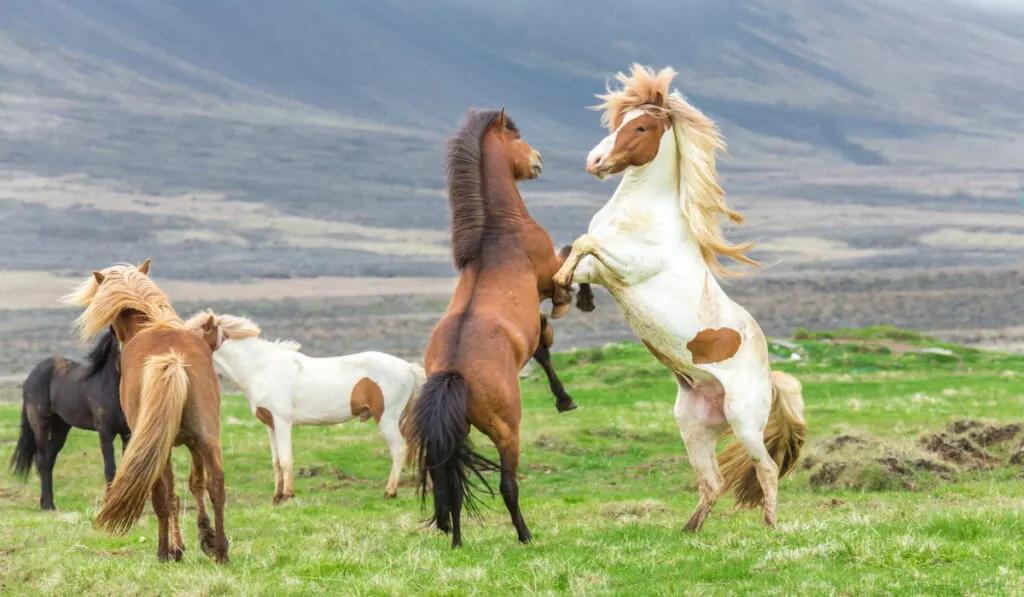
4. Standardbred
One of the oldest American breeds, the Standardbred developed in the forests of New England. Early on, these horses were useful because they could travel long distances with their fast pace, and settlers also began to race them in secret, as horse racing was illegal at the time.
Today, Standardbreds participate in harness racing at either the pace or the trot. After a racing career, they often become pleasure mounts, trail horses, or pull Amish buggies.
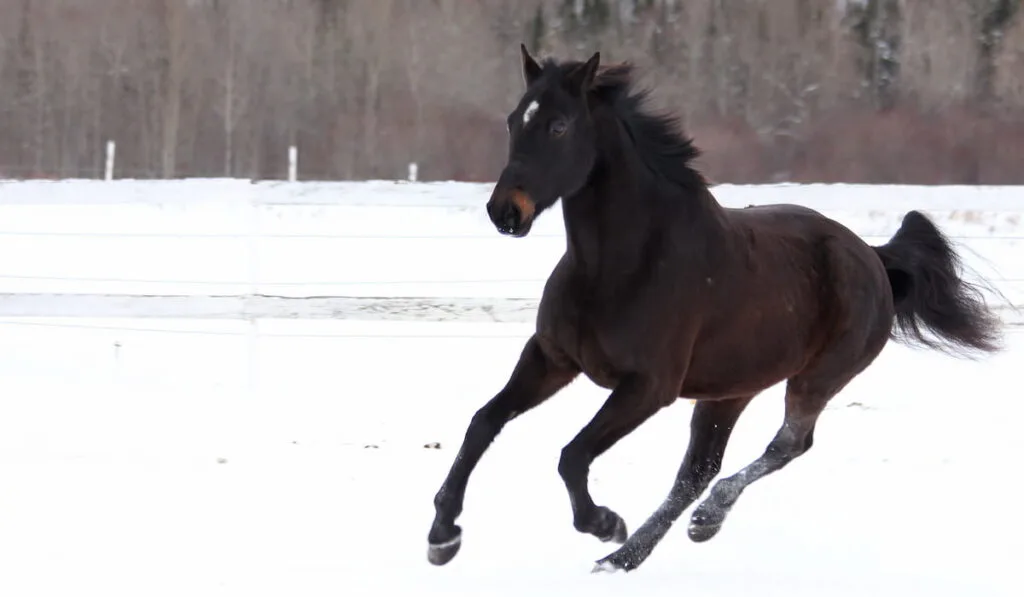
6. Paso Fino
The name “Paso Fino” means “fine step” – and these flashy gaited horses have some of the finest steps around. When Columbus arrived in the New World, some of his Spanish horses possessed the ability to amble. When crossed with Andalusian stallions, the Paso Fino became an elegant dancing horse.
In the show ring, Paso Finos often display three separate forms of their classic ambling gait: the paso fino, the paso corto, and the paso largo.
7. Missouri Fox Trotter
Like the Tennessee Walking Horse, the Missouri Fox Trotter developed in the rocky terrain of the Ozark mountains. Comfortable and sure-footed, they make excellent ranch and trail horses. They’re also used by the Forest Service to reach areas inaccessible to motorized vehicles.
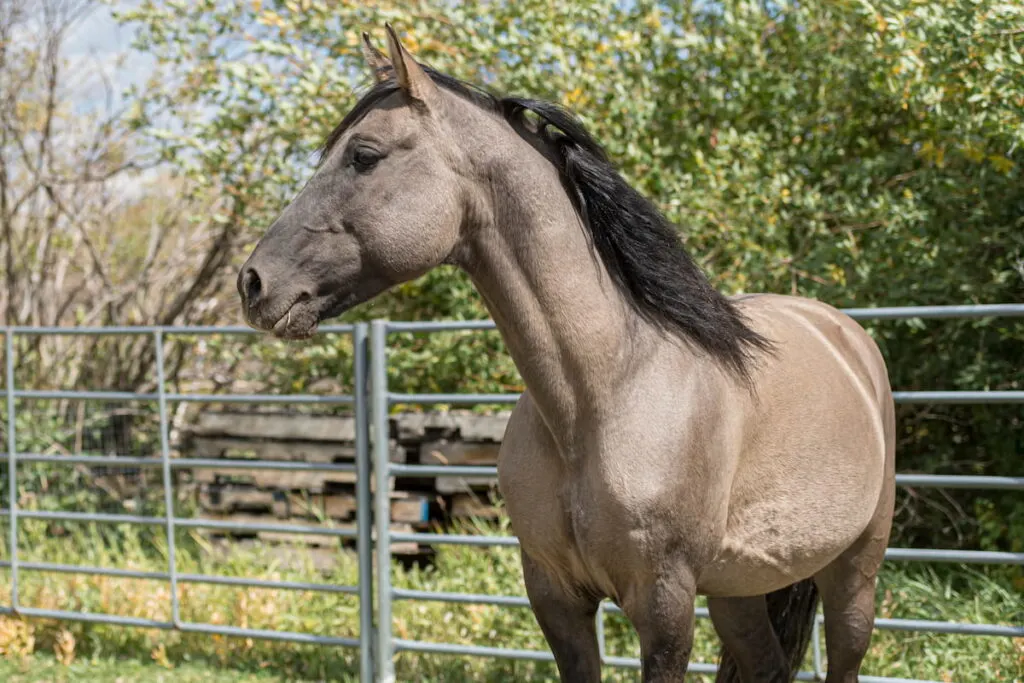
Other Questions to Consider
Can a quarter horse or other breed be gaited?
Sometimes! Gaited horses are born with a natural ability to perform specific gaits that is dictated by genetics. However, plenty of horses may naturally fall into some kind of ambling gait while you’re out on the trail, especially if they have a gaited horse somewhere in the pedigree.
Mustangs, Arabians, Morgans, Appaloosas, and Quarter Horses may have an ability to gait, but it completely depends on the individual horse.
Can gaited horses jump?
Any horse can jump. Whether he enjoys it, or can be trained to do it well is a different story. Gaited horses are built differently from other breeds, and this conformation can sometimes make it difficult to excel around a jumper course.
However, gaited horses are often used as trail horses. Any good trail horse should know how to jump a fallen log or ditch once in a while, and most gaited horses can handle that with proper training.
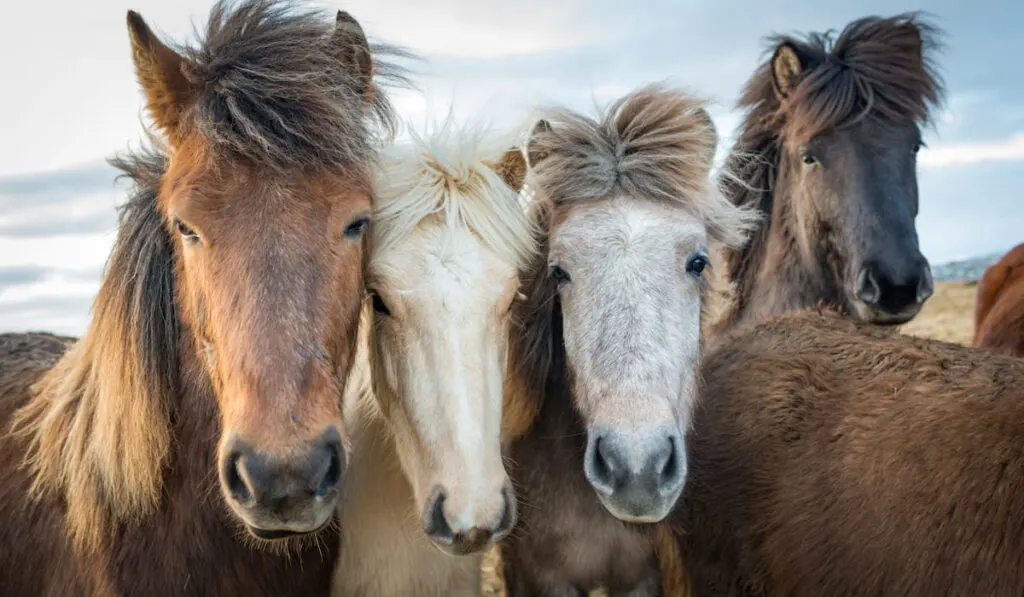
Do gaited horses need special tack?
All horses should wear tack that is appropriately fitted and suited for their particular discipline. In saddle seat show rings featuring Tennessee Walking Horses and Saddlebreds, slim English saddles sit farther back from the horse’s withers to account for the high head carriage and forward motion.
Sometimes, you may see a gaited horse wearing a breast collar to keep the saddle in place, but no special tack is necessary just because the horse is gaited.
Can mules be gaited?
Yes! Crossing a gaited horse to a donkey often results in a gaited mule. They make excellent trail mounts.
Gaited horses are exceptionally popular because of their smooth ride, sure-footedness, and generally good temperaments. If you have joint problems or need something a little more comfortable, consider a gaited horse for your next mount!

